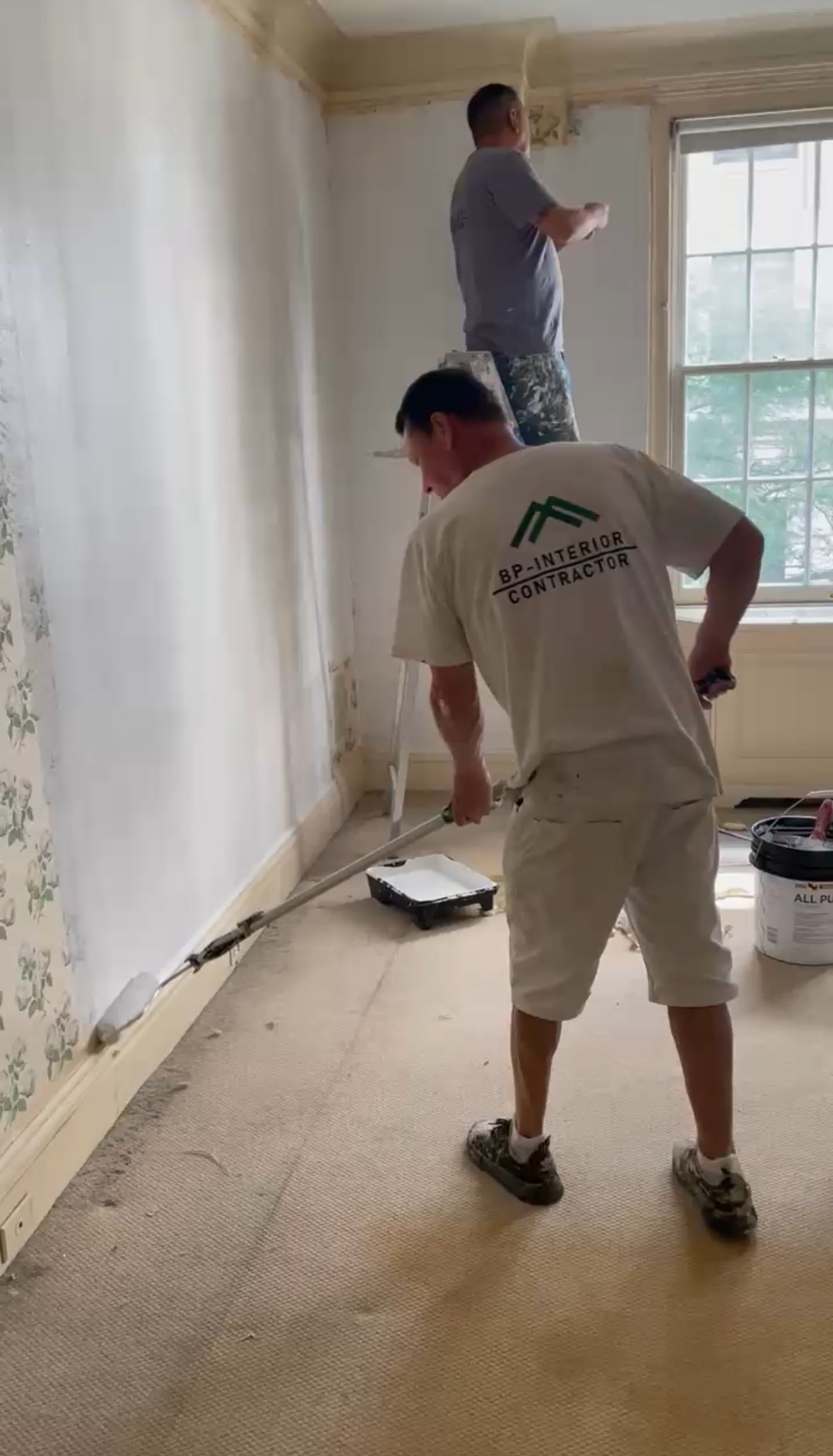by Shirley Hackel, NYRS® and Casey Soloff
Take a look at a residential property listing, and you’ll see a number titled Days on Market. It usually appears after the price, and it’s meant to show how long the property has been for sale and how long it took to get to a signed contract. But does it really?
It doesn’t show the strategizing required to prepare a property to attract the highest level of interest and strongest offers. If it’s an estate sale, it doesn’t reveal the meetings with vendors to determine how best to dispose of a lifetime of possessions. Days on Market doesn’t reflect the hours spent with contractors and stagers, or the coordination between estate attorneys, building management and family members who need to make critical financial decisions while navigating grief. And it certainly doesn’t consider the many discussions with the client to evaluate current inventory, recent sales and market timing.
If it did, it would show the three months we invested upfront in the recent marketing of our latest Fifth Avenue offering—instead of the 11 days it took to secure a signed contract.
We were smitten immediately when our team first toured this stunning residence overlooking Central Park. Asian frescoes adorned the green dining room walls. Portraits by Gainsborough and Corot hung
smartly on butter-yellow living room walls overlooking elegant antique furniture. The library’s oak-paneled bookshelves housed pristine collections. Everywhere we turned reflected the refined taste and gracious life of the recently deceased owner.
But we knew we wouldn’t maximize the property’s value if we showed the place as it was. For all its old world grandeur, today’s Fifth Avenue buyers want a home they can make their own. We would need to present a blank canvas rather than a beautifully preserved, but highly stylized space.
The transformation began with meetings. Many of them. We walked auction house specialists through the apartment, discussing valuations and logistics for decades’ worth of treasures. Each firm submitted proposals and timelines, and we helped the executrix to evaluate the pros and cons of an outright sale of everything versus the auction house model. We considered how to balance maximizing the furniture sale with the urgency of bringing the apartment to market before a seasonal slowdown.
Multiple contractors came with bids for painting and subtle repairs. We chose the perfect shade of white: fresh yet timeless and flattering to both architecture, natural light and the park greenery outside the windows.
Next came the stagers. We interviewed several firms before selecting one that understood the delicate balance of revealing the apartment’s architectural integrity while keeping the aesthetic neutral enough for buyers to imagine their own vision. We worked with the client to source online purchases of appropriate lighting, swapping out the chandelier dripping with crystal.
Then came the work that never appears on an invoice. Weeks after the cleaning crew left, we vacuumed even more construction dust, scraping errant paint from hardwood floors, making sure
every surface was photo-ready. We coordinated schedules, access and insurance requirements with building management, contractors and movers. When several co-op board members stopped by unannounced, they expressed genuine admiration for not only the transformation but also for the care and respect evident in every detail.
After the listing finally launched, the property went to contract in 11 days following multiple competitive bids. Days on Market is recorded as 11 days. Technically that’s accurate, but profoundly incomplete.
Those 11 days were the culmination of three months of preparation—strategic planning, vendor management, hands-on labor, constant communication as well as problem-solving on the fly when unexpected challenges arose—like discovering cement subfloor areas when carpets were lifted and uncovering an open permit at the eleventh hour.
This isn’t about taking credit. It’s about setting realistic expectations for sellers and illustrating what truly drives a successful sale. Quick results rarely happen by chance—they’re built on months of invisible work. Sellers see properties that “sold in a week” and expect the same, unaware of the pre-listing improvements and meticulous orchestration behind those outcomes.
Conversely, when buyers see a home lingering on the market, they often assume something is wrong—without realizing it may have been listed prematurely—or without the thoughtful preparation that makes a property resonate emotionally.
Days on Market measures visibility—specifically the interval between “live” and “contract signed.” But it doesn’t capture the strategy, expertise and discipline that precede listing. Nor does it reflect the final stretch: the time it takes to prepare a comprehensive co-op board sales package. DOM fails to recognize the effort it takes to present the buyers to the board to their best advantage—reviewing materials, drilling down so the financials are easily understood, refining personal letters and even considering the order of the references so they build a narrative that is uniquely the purchasers’ own.
So, the next time you see the number for Days on Market, you’re really only seeing the tip of the iceberg. The real story lies in everything that happened before Day 1.
Wishing you and your families a wonderful Thanksgiving ahead. SH & CS





